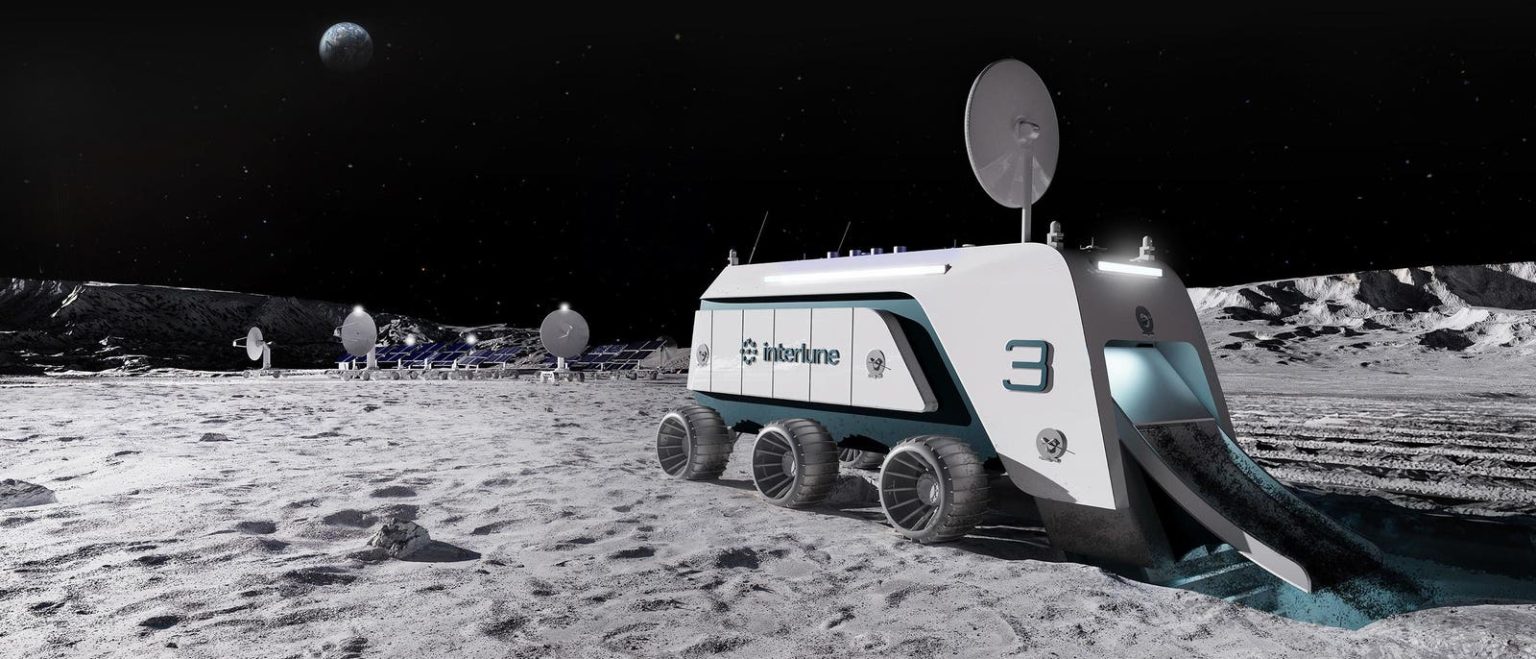Interlune’s Lunar Mining Mission: Harvesting Helium-3 from the Moon
In the heart of Seattle, a startup called Interlune displays a miniature diorama in its lobby depicting autonomous vehicles scraping the lunar surface, solar-powered platforms, and rockets designed to carry precious cargo back to Earth. This isn’t science fiction—it’s a business plan to mine helium-3, an incredibly rare isotope on Earth that sells for approximately $19 million per kilogram. Interlune CEO Rob Meyerson envisions that just five of their mining machines could harvest 10 kg of helium-3 annually, potentially generating close to $200 million in revenue. The company’s ambitious vision is backed by impressive leadership, including Meyerson, former president of Blue Origin, and Gary Lai, who previously ran Blue Origin’s New Shepard rocket program, bringing deep space industry expertise to this lunar venture.
The technical challenges facing Interlune are monumental. Helium-3, deposited on the moon by solar winds that Earth’s atmosphere and magnetic field repel, exists only in parts per billion in the lunar regolith. To extract commercially viable amounts, Interlune must develop machines capable of processing millions of tons of lunar soil autonomously in an environment where dust is more abrasive than anything on Earth and temperature swings from 250°F during the day to negative 410°F at night. Their solution involves a harvester similar to a farm combine that will ingest regolith as it moves along, depositing processed material behind it. The company is also developing ultra-low-temperature distillation equipment to separate helium-3 from other gases by cooling them beyond negative 450°F. “This is probably our hardest problem, but we’re making a huge amount of progress,” notes Gary Lai, Interlune’s chief technical officer.
While several startups are exploring space resources, Interlune may have a particularly viable path forward because it has found ways to monetize its technology before reaching the moon. The company has secured $18 million in funding, including $15 million in a 2024 seed round led by Reddit cofounder Alexis Ohanian’s firm. They’ve already signed up two customers for their pilot mining attempt planned for 2029: the Department of Energy has contracted for 3 liters of helium-3, and Maybell, which makes refrigeration systems for quantum computers, has agreed to purchase thousands of liters over the next decade. Meanwhile, Interlune is generating revenue by offering its distillation technology to companies extracting helium from natural gas and by producing simulated lunar regolith for testing space equipment, having won a $4.8 million grant from the Texas Space Commission for this purpose.
The intellectual foundation for Interlune’s mission comes from Harrison Schmitt, the 89-year-old former astronaut who serves as the company’s executive chairman. As the only geologist to walk on the moon during the Apollo 17 mission in 1972, Schmitt has advocated for lunar helium-3 mining since the 1980s. He convinced Meyerson to pursue this venture after his departure from Blue Origin in 2018 and has helped identify areas on the moon’s equatorial near side where helium-3 concentrations may be two to three times higher than in Apollo mission samples. Interlune has also partnered with Vermeer, a billion-dollar manufacturer of construction and mining equipment led by CEO Jason Andringa, who previously worked at NASA on Mars rovers and has long been interested in adapting his company’s equipment for extraterrestrial use.
The timeline for Interlune’s ambitions is tied to the development of SpaceX’s Starship rocket, which they hope will offer lunar services by the early 2030s when they plan to launch full-scale operations. The economics depend significantly on reduced launch costs—SpaceX expects Starship to initially cost $100 million to reach low-Earth orbit, with aims to reduce this to $20 million over time. With a payload capacity of 100 tons, Starship could potentially carry all the equipment for one of Interlune’s mining camps in one or two shipments. However, alternatives exist if needed, including Blue Origin’s lunar lander. To verify their mining locations, Interlune is sending a spectral camera to the moon on an Astrolab rover later this year, with a prospecting mission planned for 2027 to analyze soil samples directly.
The potential applications for helium-3 extend far beyond the current market. Today, it’s primarily used in security scanners at ports and border checkpoints to detect nuclear materials—a use that expanded significantly after 9/11. Tech giants like Google, Amazon, and IBM are increasingly utilizing helium-3 for its powerful cooling capabilities in quantum computers. The ultimate application could be using helium-3 as a clean fusion fuel, which wouldn’t produce radiation. As Schmitt, who grew up helping his mining geologist father prospect for metals in the Southwest, puts it: “Once there’s a reliable supply, all sorts of new things are going to be possible.” Interlune’s vision extends beyond helium-3 as well—they ultimately hope to mine industrial metals, rare earth elements, and ingredients for rocket propellants, while also helping to build infrastructure like roads and utility trenches on the moon and Mars. If successful, this Seattle startup could transform not only space exploration but also Earth’s energy future.


